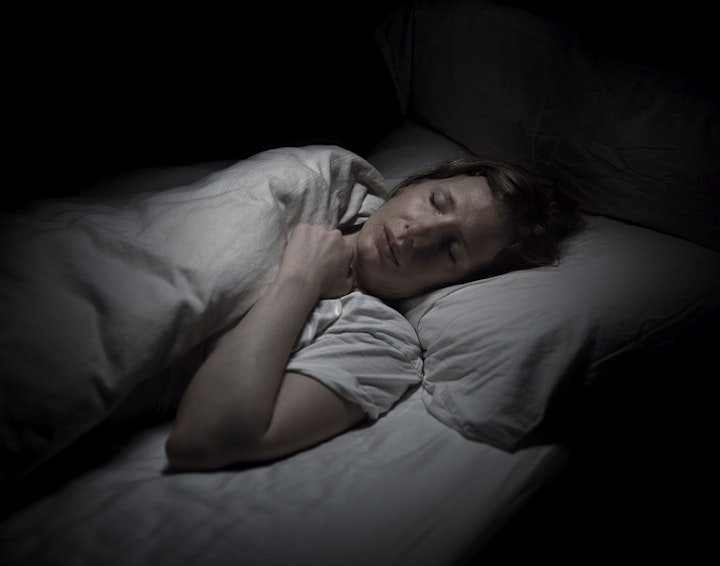
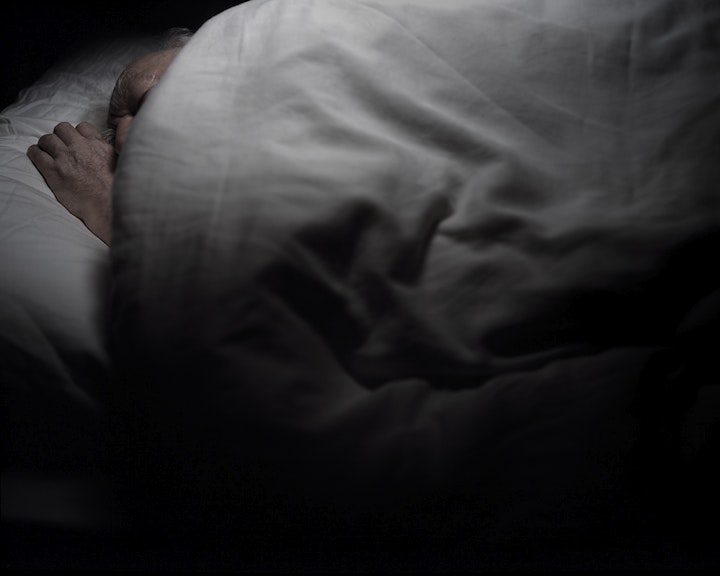
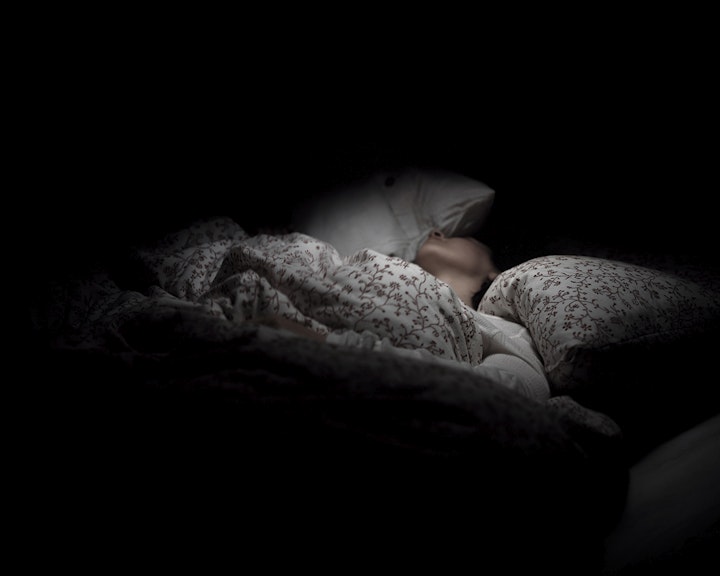
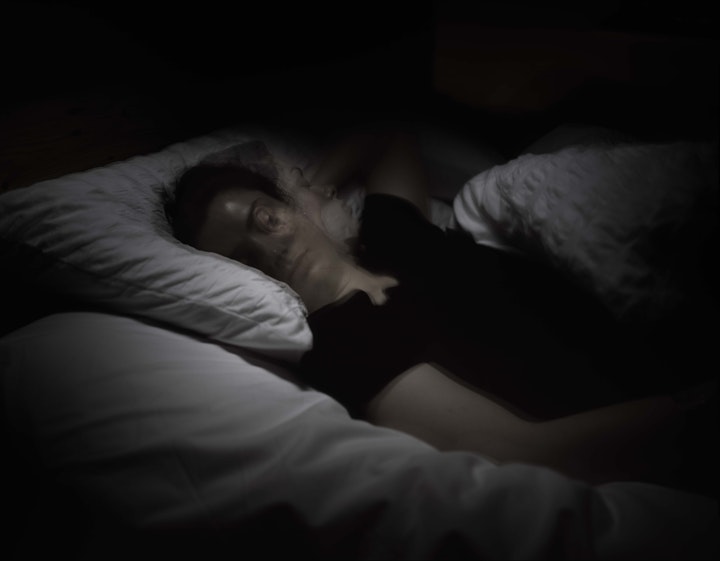
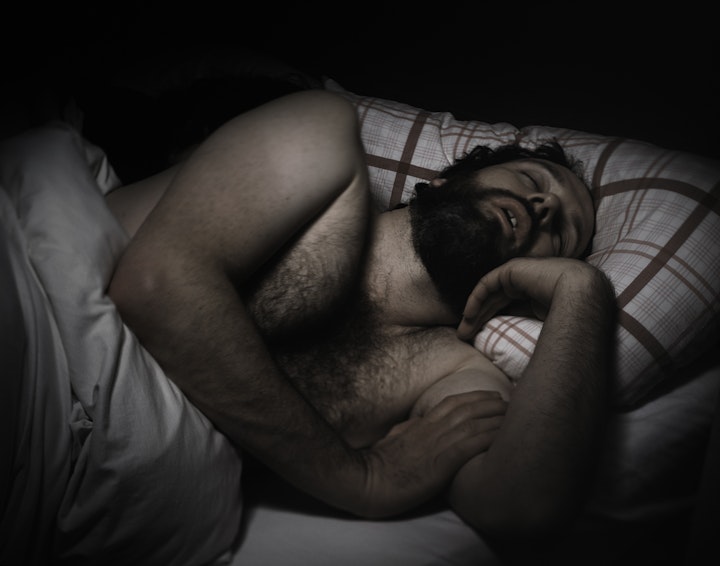
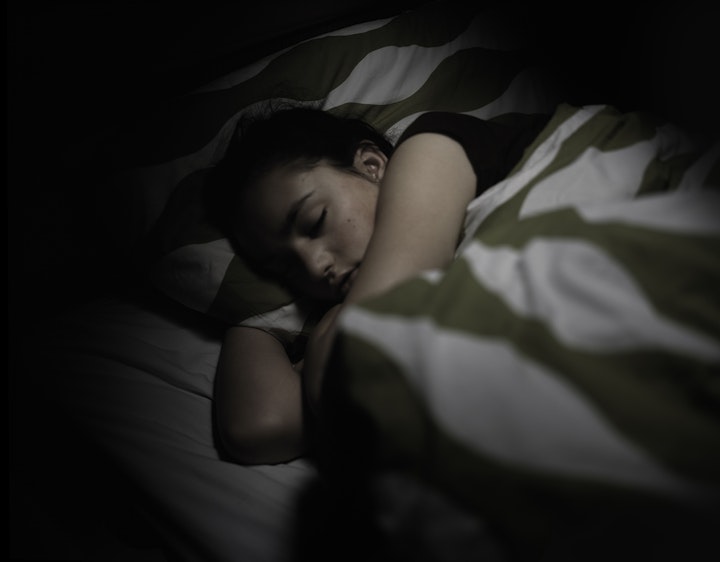
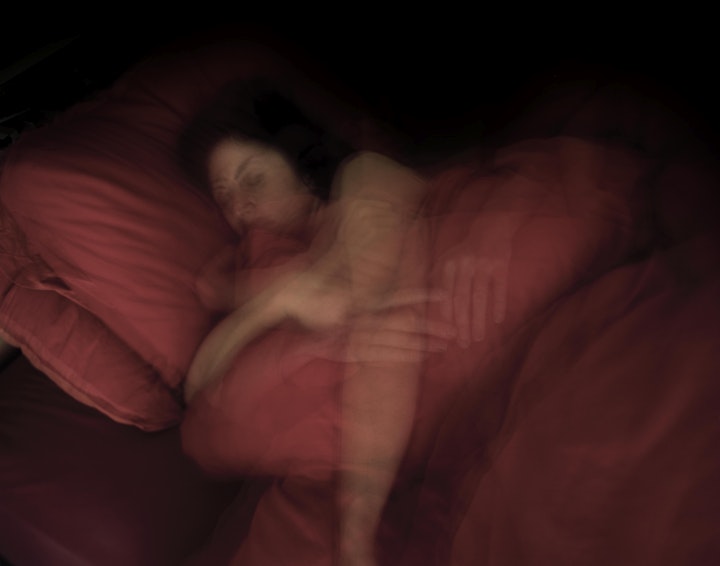
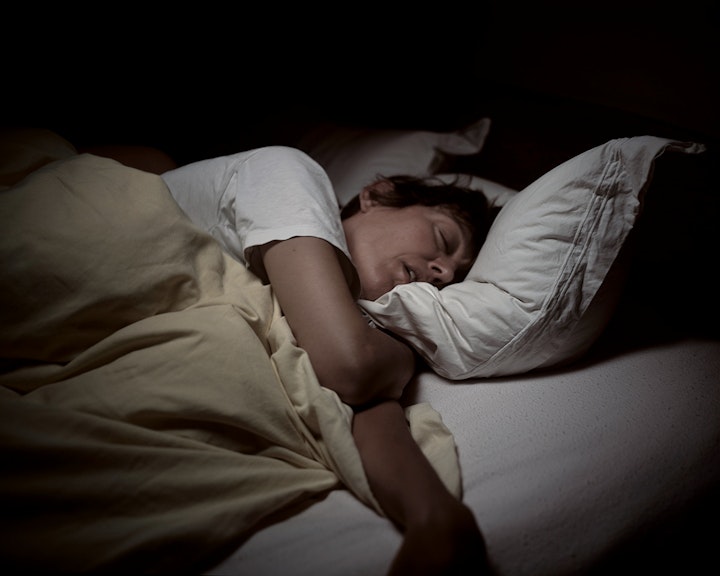
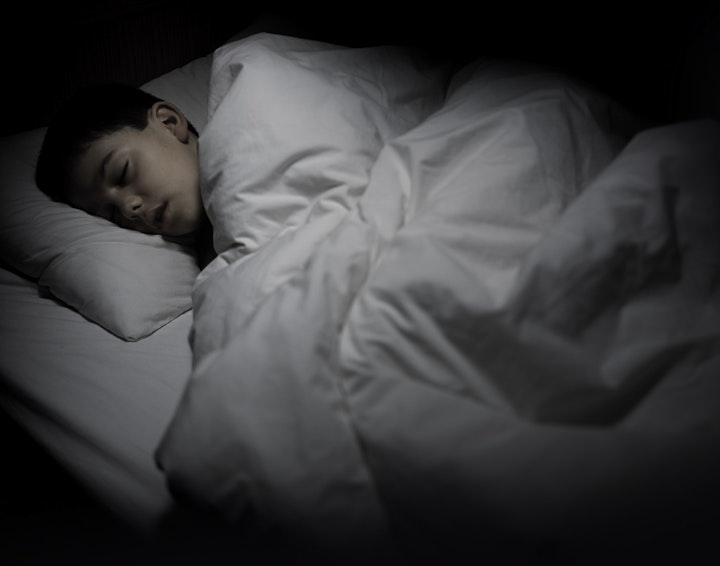
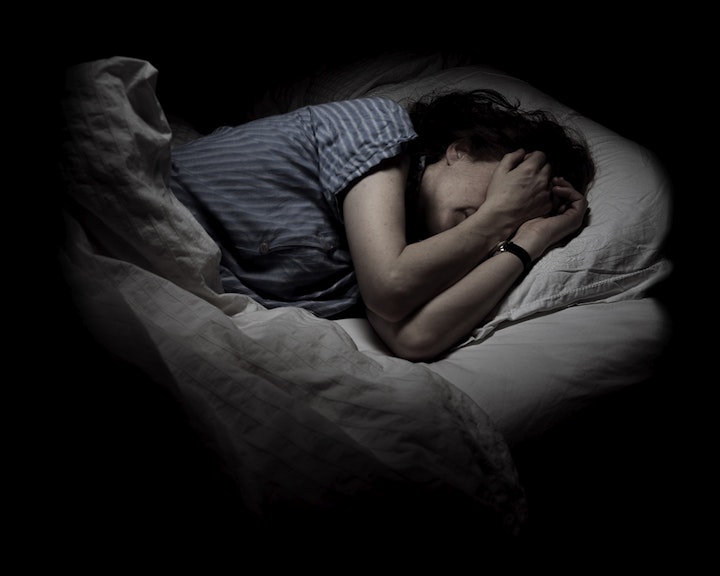
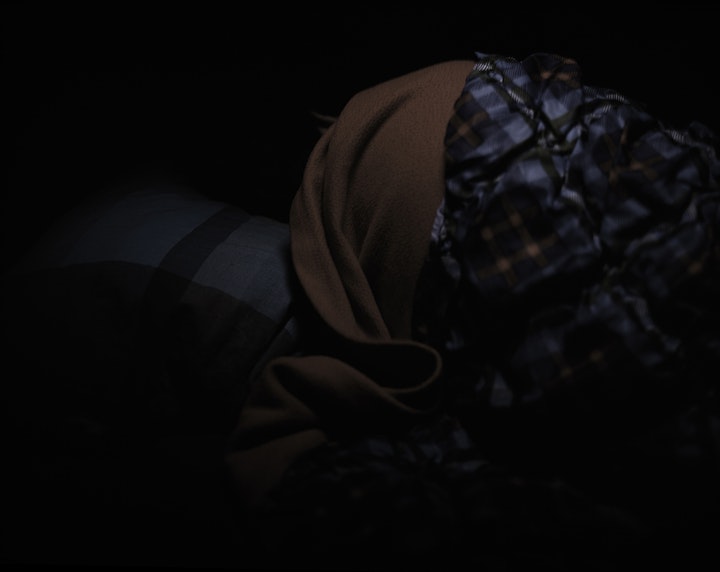
Inspired by Francisco De Goya’s painting titled El Sueño (The Dream) c.1800, ‘The Dreamers' takes the form of a series of large format photographic portraits of sleeping figures, accompanied by a sound piece inspired by the dreams the sleepers experienced during their participation in the project.
Goya’s painting is beautiful, but unsettling. Goya has captured the the vulnerability of the sleeper, her absolute unconsciousness, and also the enigmatic closeness of the state of sleeping to death. The title is also ambiguous, is it the subject who is dreaming, or is she the subject of Goya’s own dream?
Sleeping and dreaming are fundamental experiences we all share. For many thousands of years people have speculated on the purpose of dreams, they were believed to be a way of communicating with the dead, they acted as warnings or messages from the gods, a way of predicting the future, in the 17th century ‘spectral evidence’, testimonies based on dreams of visions of the witness, were allowed in court during the European witch hunts. In his book The Interpretation of Dreams, Sigmund Freud believed that dreams were the royal road to the unconscious. Over 100 years later, despite advanced research and many new theories; why we dream still remains a deep mystery. We do most of our dreaming during REM sleep, at which time our brains are as active as when we are awake, and our bodies are largely paralyzed.
The photographs were shot on a large format 5 x 4 camera. They were taken at night while people slept in their own beds, but I was not present when the photograph was taken. The sleepers opened the shutter before they went to sleep and closed it again when they woke in the morning. While they slept, a dim light came on for a short period and exposed the film. The sleepers had no control over how they were posed or appeared in the photographs. And I had no control over where they were in the frame and whether they were in focus.